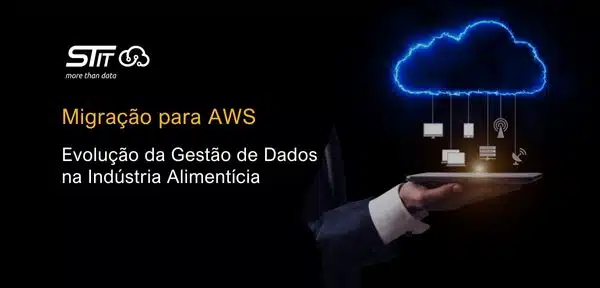Data Lake – Mitos e Verdades sobre Plano de Integração
The Integration Plan is the process of integrating and consolidating data from different sources into a Data Lake. This is done through a series of steps that involve collecting, organizing and transforming data so that it can be used for analysis and decision making.
Myth 1: The Onboarding Plan is a simple process and can be done easily
True: The Onboarding Plan can be a complex and challenging process that requires careful planning and an experienced team. Each company has its own integration needs and requirements, which can add to the complexity of the process.
Myth 2: The Integration Plan is only for companies with large amounts of dataTrue: The Integration Plan can be useful for companies of all sizes and sectors. Even small businesses can have data from multiple sources that need to be integrated.
Myth 3: The Onboarding Plan is a one-time process and does not need to be repeatedTrue: The Onboarding Plan is an ongoing process that should be regularly reviewed and updated to ensure data is always accurate and up to date.
Myth 4: The Onboarding Plan is a process that can be safely outsourcedTrue: The Integration Plan can be outsourced, but it is important to choose a reliable and experienced vendor
Myth 5: Integration Plan is not necessary if data is stored in one placeTrue: The Integration Plan may be required even if the data is stored in a single location as it may be in different formats and not easily combined.
Myth 6: Onboarding Plan is an expensive task and requires a big budgetTrue: The Integration Plan can be accomplished on a limited budget, especially if the company has an experienced in-house team and the right integration tools.
Myth 7: The onboarding plan is a one-time job and can be completed quicklyTrue: The integration plan is an ongoing process that requires constant attention and adjustments as the data lake evolves and new data sources are added.
Myth 8: The integration plan is only the responsibility of the IT teamTrue: While the IT team plays an important role in creating and executing the integration plan, collaboration and participation from other areas, such as business and governance, is equally important to ensure that the needs of all parties are met.
Myth 9: A successful integration plan ensures a smooth migration to the cloudTrue: While a well-crafted integration plan can minimize risks and issues when migrating to the cloud, it cannot guarantee a smooth migration. Problems can occur due to external or unforeseen factors, and it is important to be prepared to deal with them.
Myth 10: The onboarding plan is only for initial migrationsTrue: The integration plan is an ongoing strategy that should be regularly reviewed and adjusted as the data lake evolves and new data sources are added. The constant evolution of the integration plan ensures that the Data Lake continues to meet the needs of the business and that new data is integrated effectively.
Importance: The integration plan is a critical component to a successful Data Lake migration to the cloud. It helps ensure that all data sources are integrated effectively and that the data can be easily accessed and used across the business. Creating and executing a well-crafted integration plan takes time, effort, and collaboration across multiple areas of the business, but the long-term benefits are invaluable.
Talk to our specialist






